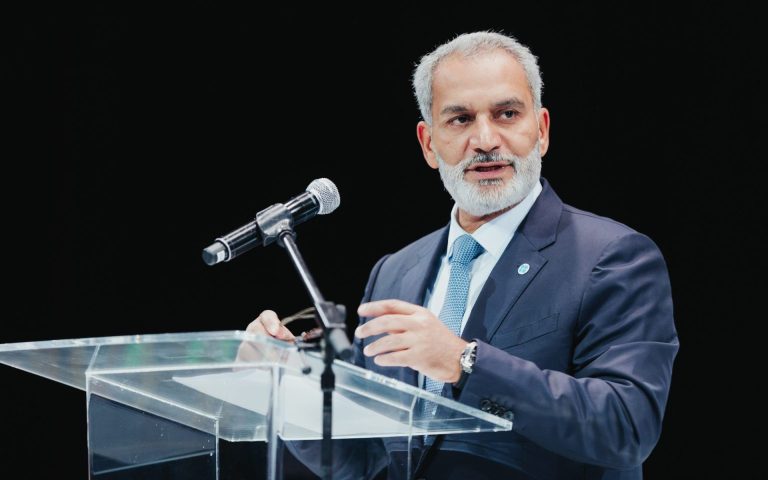The Organization of Petroleum Exporting Countries and its allied producers (OPEC+) have announced they will increase crude oil output by 137,000 barrels per day (bpd) in November. The move is intended to enhance their share of the market amid signs of a stable global economy.
According to a statement released following an online meeting, the decision was made “in view of a steady global economic outlook and current healthy market fundamentals, as reflected in the low oil inventories.”
The increase involves eight major member countries: Saudi Arabia, Russia, Iraq, the United Arab Emirates, Kuwait, Kazakhstan, Oman, and Algeria. This rise is more cautious than some analysts had anticipated, as some predicted an additional 500,000 bpd. Observers interpret the modest adjustment as a sign that OPEC+ is trying to strike a balance between keeping prices stable and expanding influence in the market.
Jorge Leon, a senior analyst at Rystad Energy, said, “OPEC+8 stepped carefully after witnessing how nervous the market had become. The group is walking a tightrope between maintaining stability and clawing back market share in a surplus environment.”
Since April, OPEC+ has shifted its strategy: instead of restricting supply to support high prices, it has been boosting output to broaden its market presence. Over recent months, the combined quota increases have topped 2.5 million bpd.
The decision comes as oil prices face downward pressure. Brent crude, the international benchmark, traded below $65 per barrel on Friday, after losing around 8% in a single week amid worries about oversupply.
In forecasting future demand, the International Energy Agency (IEA) projects a rise of 700,000 bpd between 2025 and 2026. OPEC, meanwhile, remains more optimistic, anticipating growth of 1.3 million bpd in 2025 and another 1.4 million in 2026.
For Russia, which is the second-largest producer within the OPEC+ alliance behind Saudi Arabia, the modest November increase is considered manageable. The country currently produces about 9.25 million bpd — slightly under its prewar capacity of 10 million. Kano Times The report also noted that Ukraine’s attacks on Russian refineries have intensified since August, pushing Russia to export more crude, as domestic refining capacity has been constrained.
Overall, the November adjustment underscores OPEC+’s cautious approach: seeking to expand its market control while avoiding triggering sharp drops in global oil prices.


